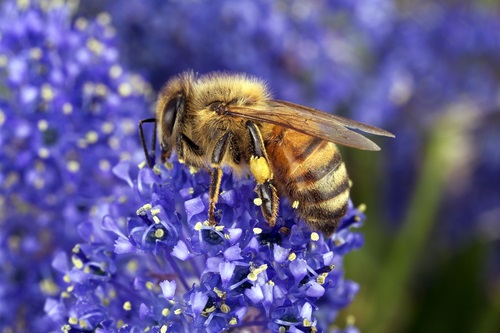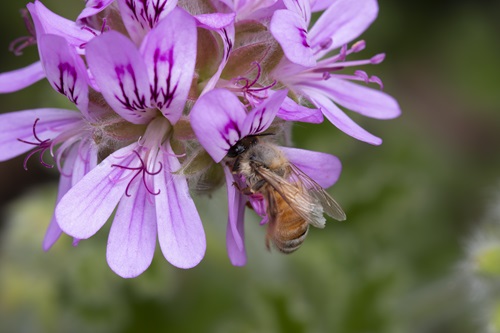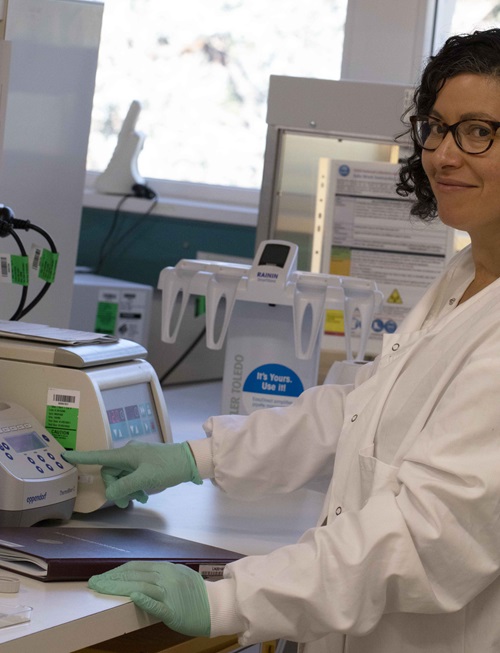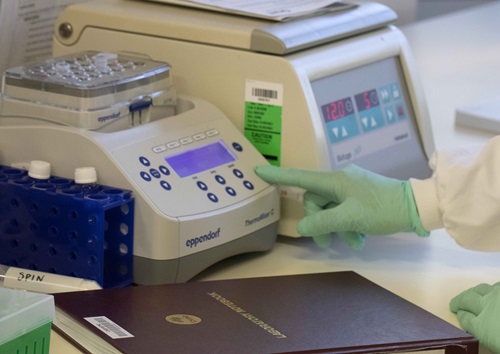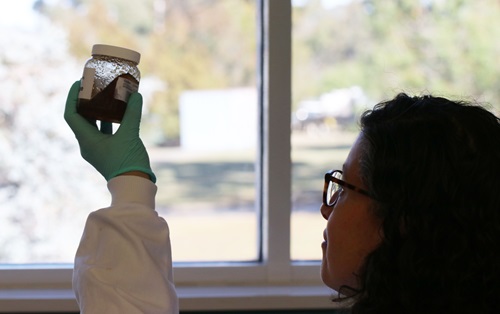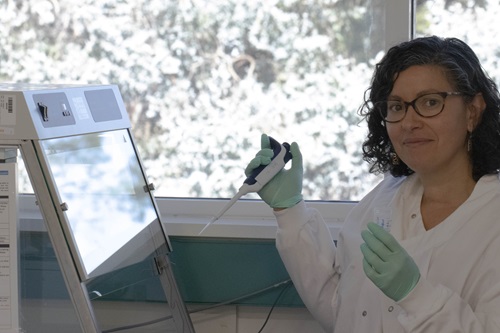DNA testing Australian honey can reveal where it was produced and its main floral sources, according to research published today by Australia's national science agency, CSIRO, and partners at the University of Melbourne and Curtin University.
The $100 million Australian honey industry exports 4,500 tonnes of honey every year, and could benefit from the findings, which could be used for a honey certification program to confirm the floral composition and provenance of commercial honey.
Postdoctoral Fellow with the Environomics Future Science Platform at CSIRO, Dr Liz Milla, said the technique works because honey contains DNA from the pollen collected by bees.
"We tested 15 different honeys from across Australia and found most were dominated by eucalypts and related plants in the Myrtaceae family," Dr Milla said.
"We detected the major floral source on the label in all commercially produced honeys. In 85 per cent of samples they were found in the top five most abundant floral components. All of the honeys were composed of mixed florals, which reflects the diverse natural diets of honeybees.
"We found that honeys from eastern and western Australia were easy to tell apart and we could categorise most honeys according to Australia's 89 geographically distinct bioregions from which they came."
The researchers used a technique called pollen DNA metabarcoding, which is a way to identify plant species from their pollen by sequencing a short stretch of DNA and comparing it with a reference library.
The libraries are built using reference DNA of plant specimens, curated by botanical experts at collections like the Australian National Herbarium.
The DNA-based method is a fast and accurate way to identify the floral composition of Australian honey.
"The traditional method of using microscopy to identify pollen in honey is time-consuming, requires significant expertise because Australia has such diversity of unique plants, and often can't identify plants to species level," Dr Milla said.
CSIRO is working with partners to create a DNA barcode library for all of Australia's half a million plant and animal species. The library will enable fast, cheap environmental monitoring as well as projects to study bees.
Not only can pollen DNA metabarcoding be used to check the composition and provenance of honey, it could be used to help honeybees by monitoring their diets.
"Making sure that honeybee colonies have access to nutritious flora could help build resistance to colony collapse disorder, a phenomenon that has impacted honeybees overseas," Dr Milla said.
CSIRO researchers are also using the technique to survey flowering plants.
"Honeybees are great field scientists. We can use them to survey plant species in remote or hard to reach places. Bees bring pollen from the plants back to the hive and we can identify the plants from the honey," Dr Milla said.
CSIRO is working with partners to boost global export earnings from Australian grown food through tools and technologies that verify our quality, safety and 'clean and green' credentials through a Trusted Agrifood Exports mission in development. More on missions is available here: https://www.csiro.au/en/about/challenges-missions
The paper "Pollen DNA metabarcoding identifies regional provenance and high plant diversity in Australian honey" was published in Ecology and Evolution by authors Liz Milla, Kale Sniderman, Rose Lines, Mahsa Mousavi-Derazmahalleh and Francisco Encinas-Viso and is available at: http://doi.org/10.1002/ece3.7679
The Australian National Herbarium is part of the Centre for Australian National Biodiversity Research, a joint venture between Parks Australia's Australian National Botanic Gardens and CSIRO.
Images
